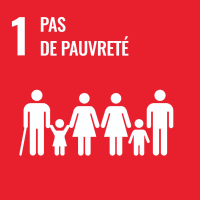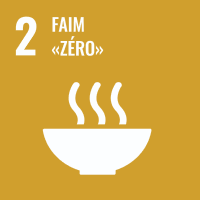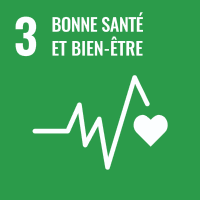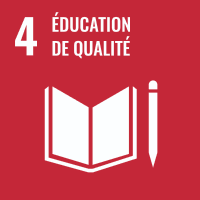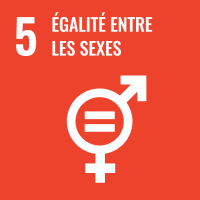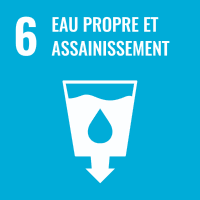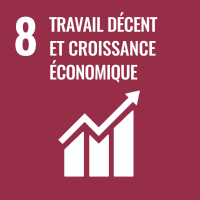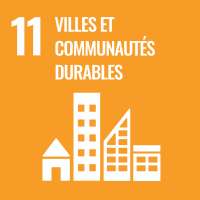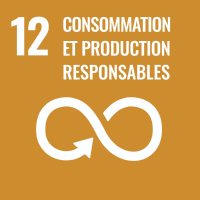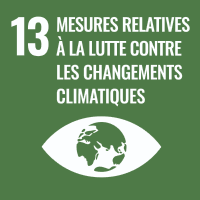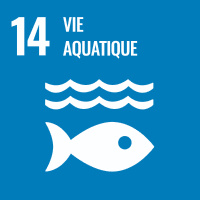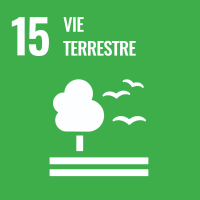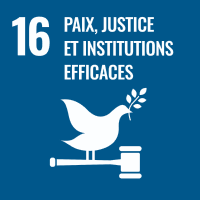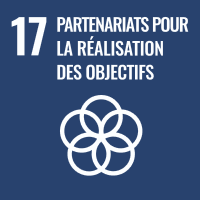Sumatra - Indonesia
Mangrove
With the aim of restoring and extending the native mangrove on the island of Sumatra to protect its coastlines and secure the economic activities linked to it, Reforest'Action entered into a lasting partnership with local NGO Yagasu in 2017.
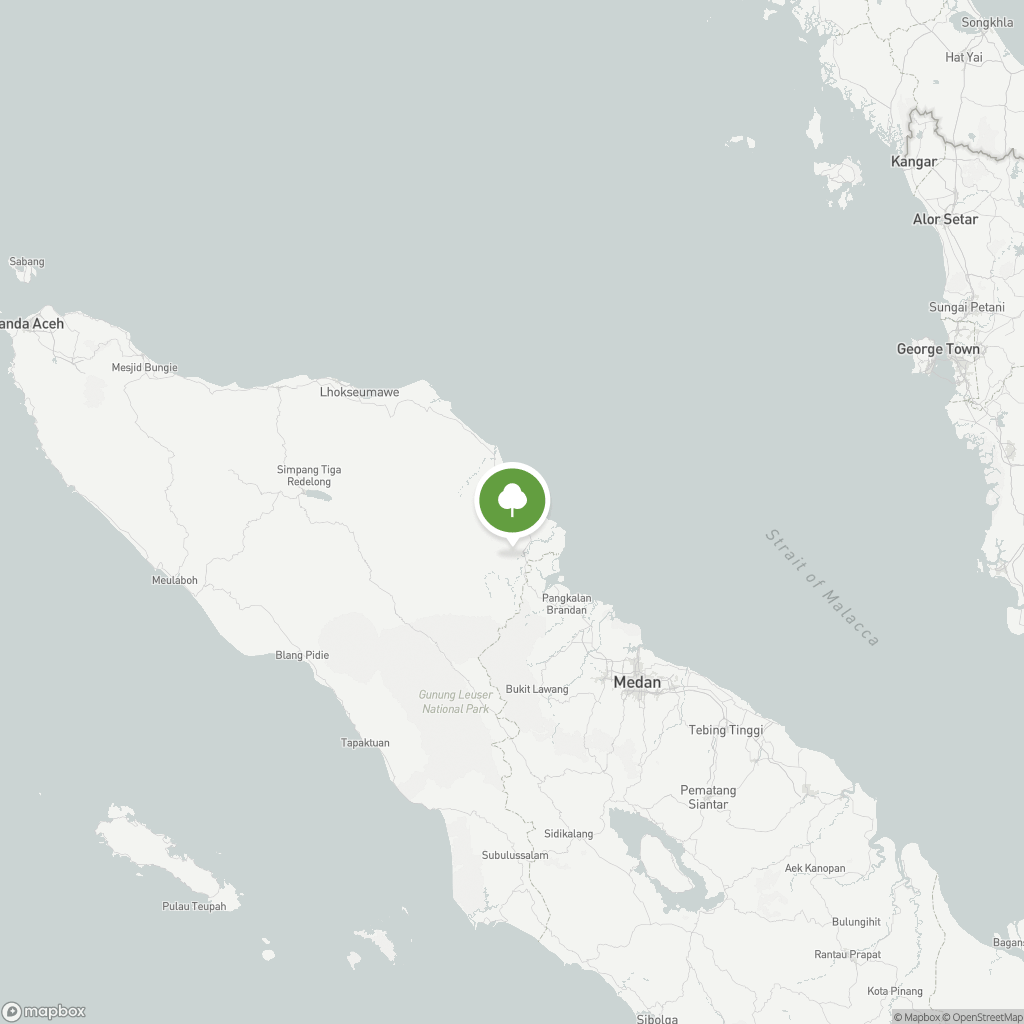



Indonesia is the world's most deforested country, with rainforest disappearing twice as fast as in the Amazon. In 1987, northern Sumatra boasted 200,000 hectares of mangroves. Today, less than half this remains, at just 83,000 hectares. This massive deforestation is mainly due to anthropic pressure: mangroves are converted into areas for intensive shrimp and fish farming or palm oil production, and illegally felled to make firewood or charcoal. The disappearance of mangroves, accelerated by global warming, makes coasts even more vulnerable to flooding and land erosion.

Affected by deforestation, Sumatra's mangroves are essential for local communities. The disappearance of mangroves leads to a rise in salinity, making coastal land unfit for cultivation. To restore the coastal region of Sumatra, mangrove trees are planted along the seashore. Mangroves are highly adaptable to high salinity, submerged roots and low soil oxygenation due to silt. Thanks to these characteristics, they help combat coastal erosion, protect surrounding villages from rising sea levels and preserve coastal biodiversity, on which local populations depend for their food. Mangrove seedlings are produced in nurseries associated with the project, from propagules - long tubers that fall from the mangroves and are harvested by local communities in the remaining mangroves. This mangrove plantation is accompanied by a major awareness-raising campaign conducted by our partner, Yagasu, among local populations. Training workshops are offered to local communities on mangrove protection and the fight against deforestation, as well as new economic sectors that make the most of the mangrove's natural resources (the production of batik or silvofishery development, for example).


Since 2003, Yagasu, an Indonesian environmental NGO, has been restoring mangroves in collaboration with forest communities. Since its foundation, almost 6,000 hectares have been replanted. Yagasu's mangrove protection and restoration project has conserved 23 different mangrove species, 8 mammal species, 16 reptile and amphibian species, 32 invertebrate species (crabs, shrimps, etc.), 73 bird species, 41 fish species and 9 migratory bird species.
